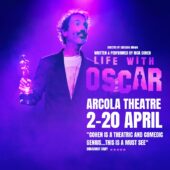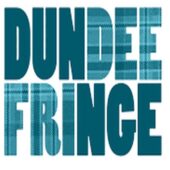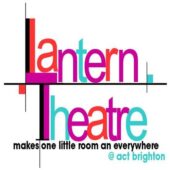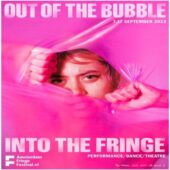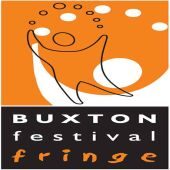Nevergreen
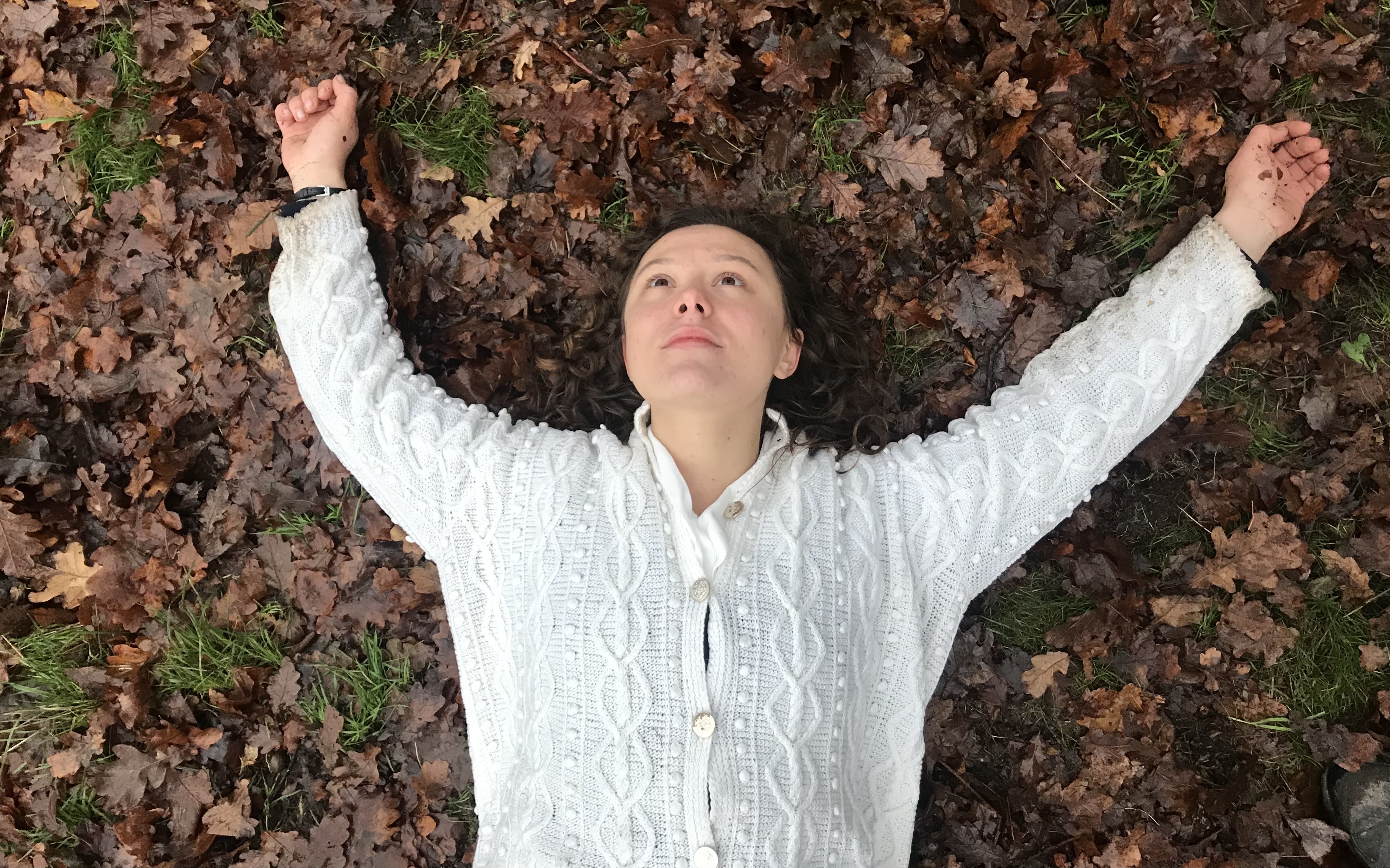
Rarely does human history offer us one person who, irrevocably, changed everything. Rachel Carson, the most significant environmental activist and writer of the 20th century, was one of these people; but no work of art or fiction has ever explored her work or tried to uncover who she was. Her name has become less and less well-known among young people, to whom – in the midst of a climate crisis – she speaks so directly, so urgently.
We are the wonderful: a new multidisciplinary group of artists, the brainchild of writer Gus Mitchell and director Eloïse Poulton, producing work centred around the human relationship with the natural world. Our developing piece, Nevergreen, is about Rachel Carson. Shot in three locations – roaming Hampstead Heath, in an artist studio/scientist’s lab, and from the bedroom of our performer, Katurah Morrish, speaking directly with viewers – Rachel becomes the audience’s portal through whom we experience nature, rediscover joy in it, and challenge our volatile relationship with it.
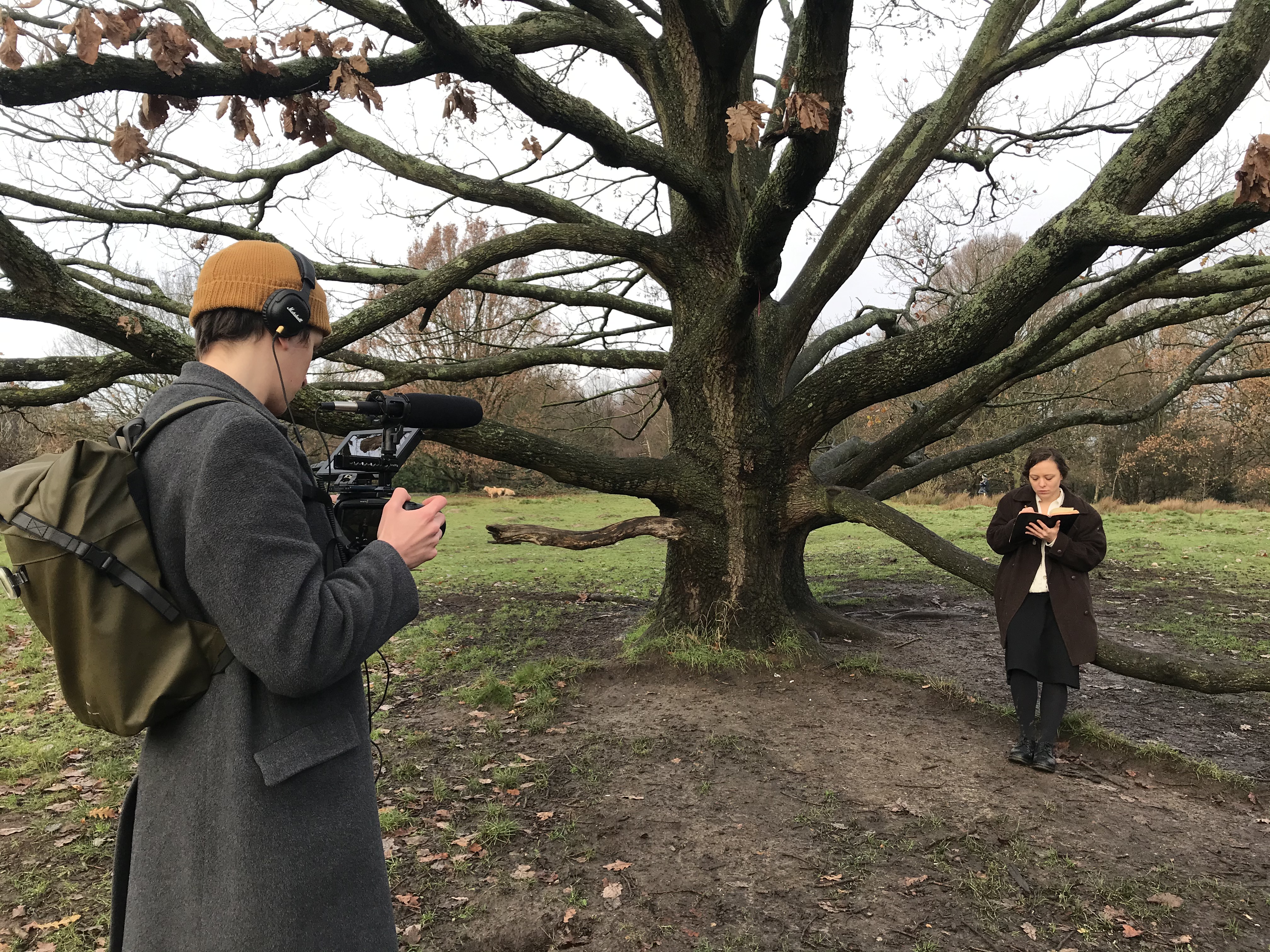
Before Lockdown, we were all set for a thirty minute sharing of the work in progress at Lamda. We knew we wanted to include elements of film in the piece, but never considered the possibility of it taking an entirely digital form, especially for its first iteration. The process of making it for the Living Record Festival has allowed us to dig deeper, and the process itself was necessarily adapted due to current restrictions, with most of the developmental work taking place on Zoom.
Katurah Morrish, playing Rachel Carson, considers what Nevergreen is growing to be for her
Nevergreen juxtaposes the lyrical and the scientific. Rachel is the level foil to the intensity of the subject and to the swell of nature bursting through. I discover her anew as someone entirely driven by the rawness of her encounter with the world. Sometimes this encounter is tender and filled to the brim with wonder. At others, it is dragged through the rough sand and stinging salt.
This process has been unique in so many ways – I suppose most starkly is creating it under quarantine. We have only been able to come together and do the work either on Zoom or while shooting. This means the piece has come to life only in the confines of my bedroom or the vastness of Hampstead Heath’s thickets and green clearings – such huge contrast! Oddly, though, the space created for discovering Rachel has been so consistently imaginative that even when rehearsing in my bedroom I have felt only a breath from the natural world she was so dedicated to and inhabits the piece so fully.
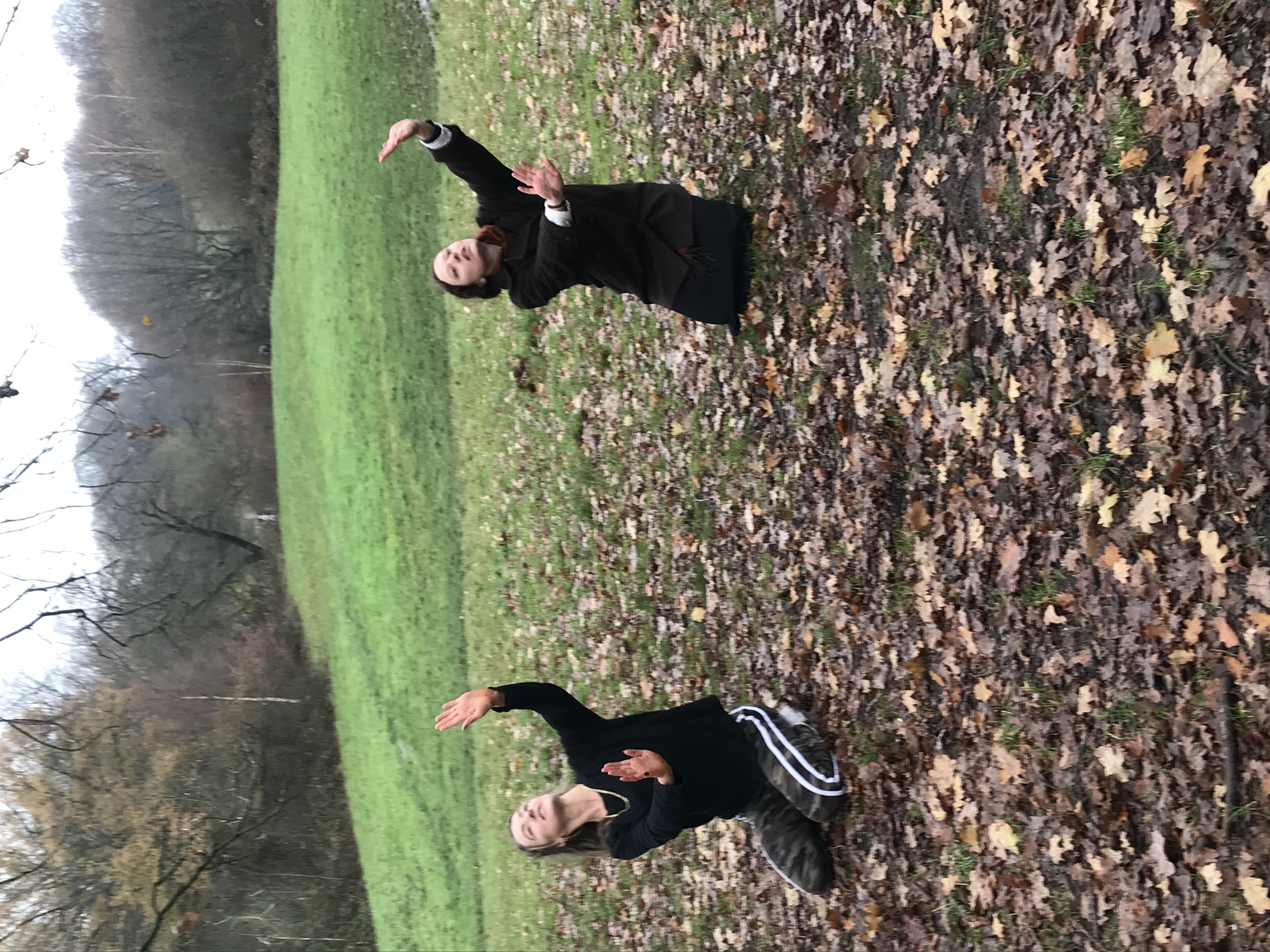

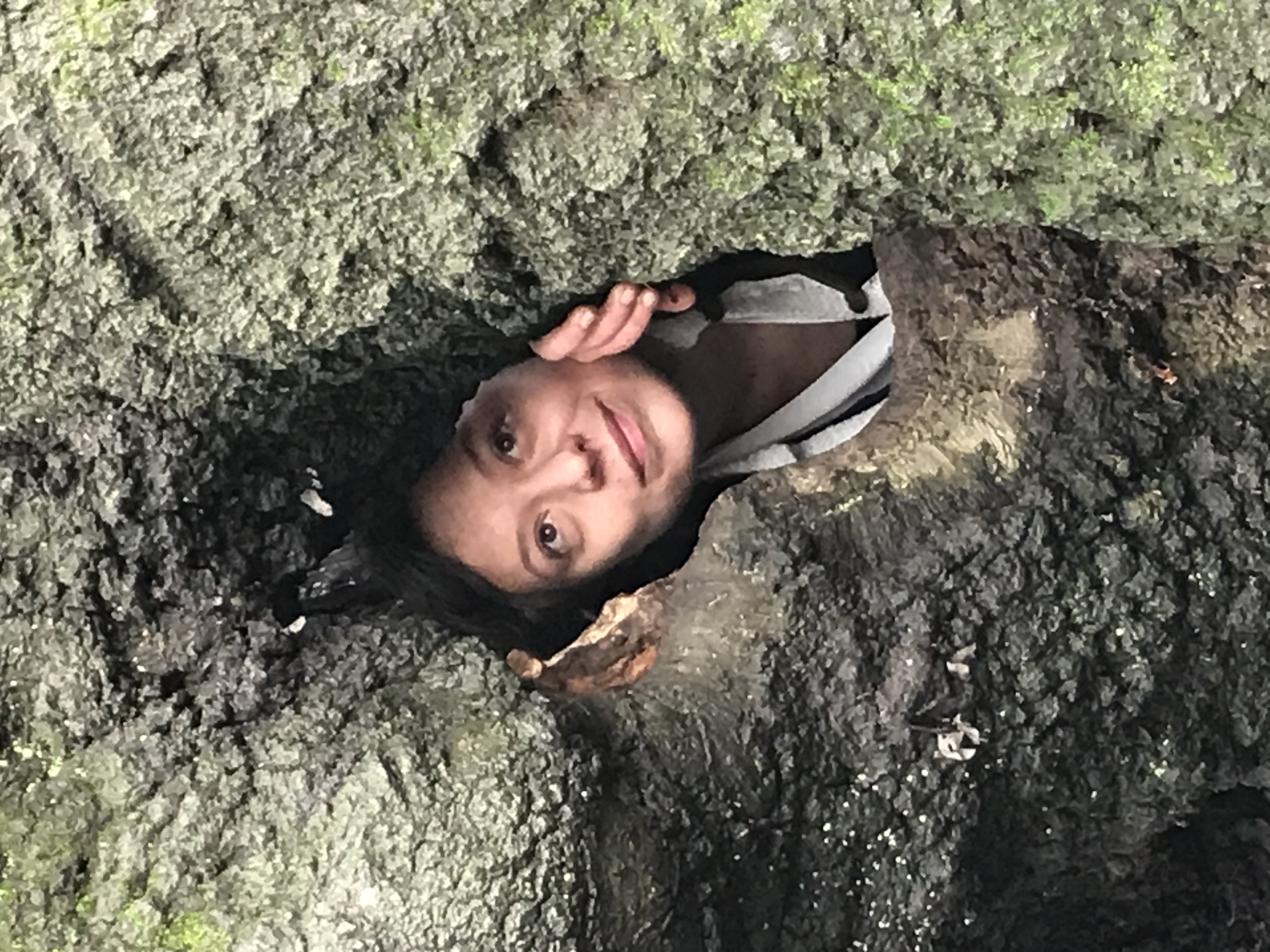
There is limited footage or audio of her in the public domain, and almost all of this is in a formal interview setting. We have little direct access to Rachel unbound, surrounded only by nature, despite the fact that this is how she spent so much of her life. The formality of her interview self, in which she seems almost as if she is trying not to disturb the world around her, plays against the razor-sharp directness of her words. It also counterbalances the overflowing, joyful Rachel that teems from her writing in the places where she enters with the natural world. In this balance between poise and play is where I have located the most authentic Rachel that I hope to do justice in the piece.
I have found creating work in isolation a challenge as I find the immediacy of other people and space to move, experiment and inhabit foundational to developing work. However, I have been surprised by how fast the work has become intimate and felt like a home and I have wondered if this is to do with the rehearsals taking place from my home. If so, this is a major silver lining. I’ve also found it a challenge being the only performer and therefore the only person entirely inside the work. The joy of this is that I am open to constantly re-inventing the approach as there is no cast member to throw off with a new interpretation. Rachel Carson is alive in this piece and I feel very lucky to be so intimately making her acquaintance.
Nevergreen’s web is woven with many threads by many hands: the visual art of painter and printmaker Ana Zoob, from intricate and alive line drawings to sweeping sea canvases; field recordings of birds, foxes and creatures in between, captured and recreated by Luc Wilkinson; and the rise and fall of the cello, a further expression of the voice of nature, played by Georgina Lloyd-Owen. Rachel dances, choreographed by Lucie Sherlock, and song is throughout, composed and sung by Eloïse. We hope to immerse and to enthral. And we look forward to welcoming you to our microsite, a little world.
